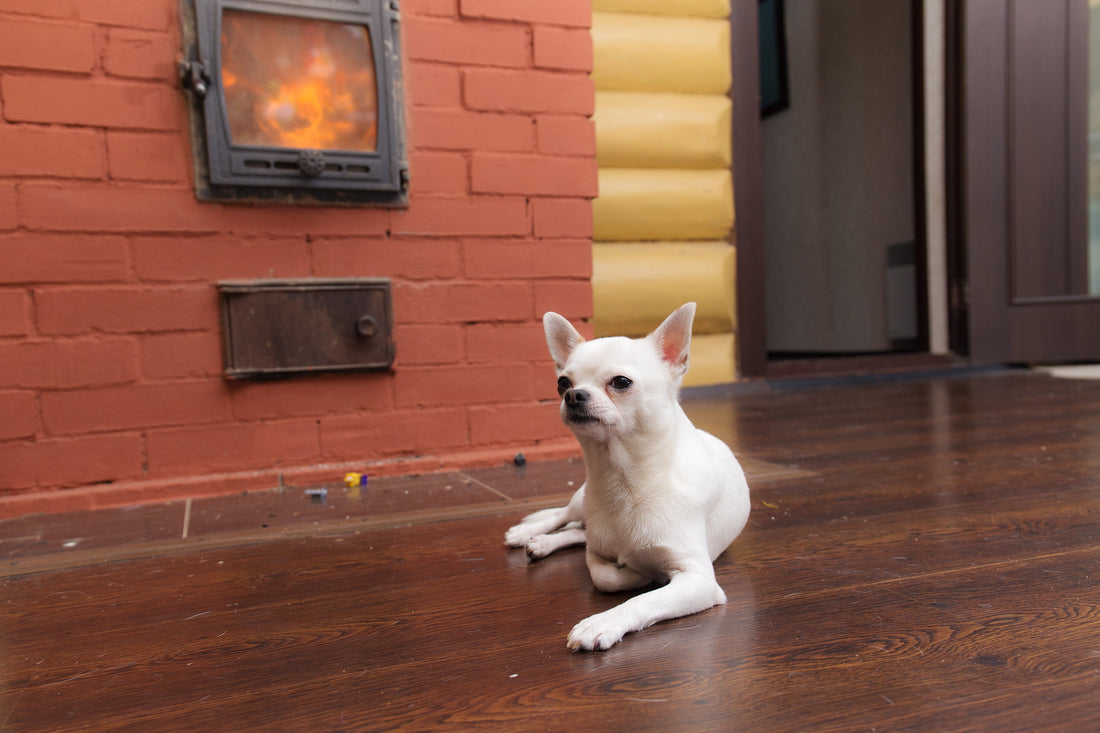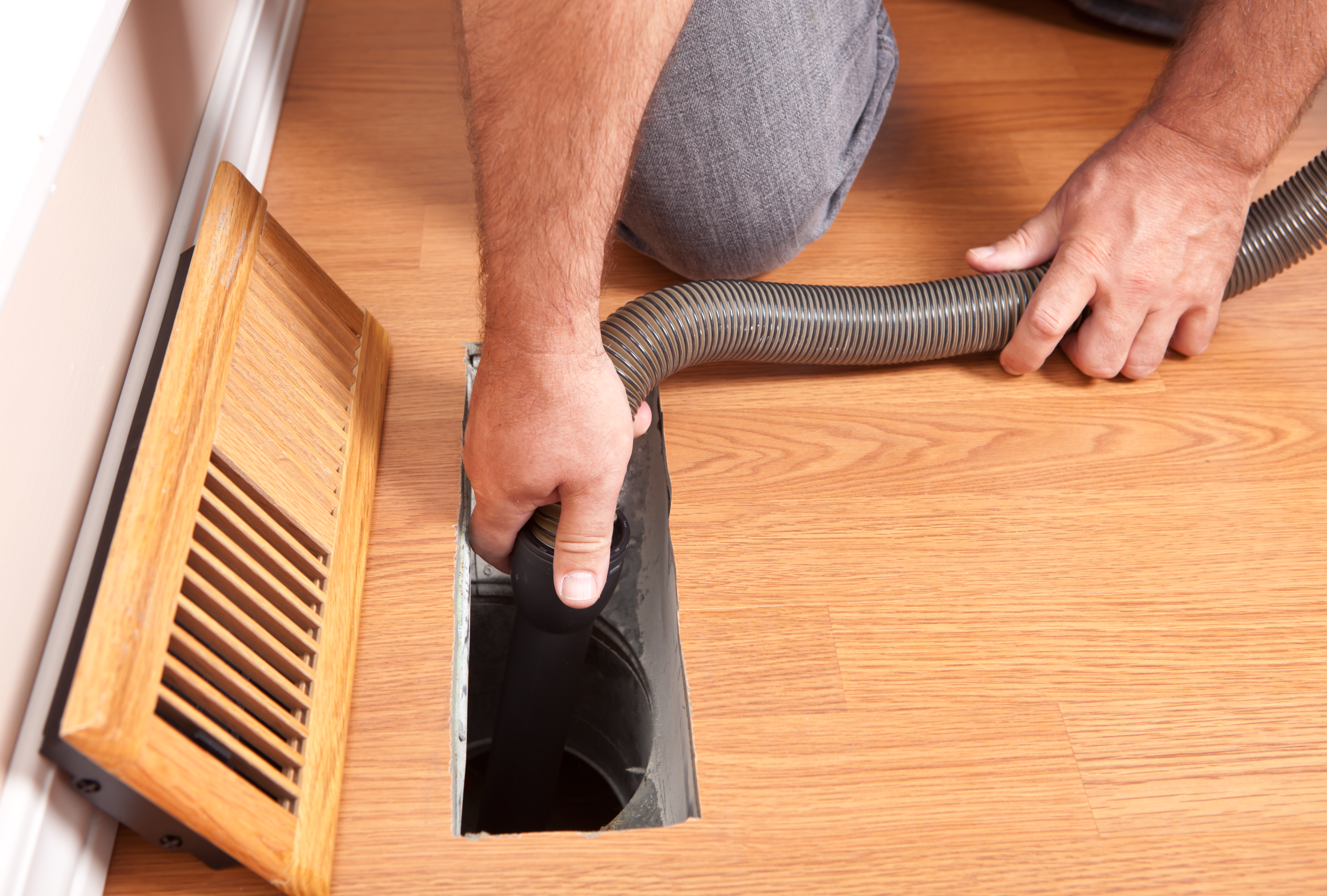
How the Furnace Can Aggravate Your Pet's Allergies
During the winter months, pet owners and their furry companions tend to stay inside more, away from the cold and snowy conditions outside. If you live in a cold climate and your pet experiences allergies, you’ll probably be relieved that the grass and leaves have died and that pollen won’t resurface until spring.
Unfortunately, many pet owners discover that their furry friend’s allergies are still acting up, even inside during the winter months. Sneezing, runny eyes, scratching and inflamed skin can persist year-round, but how? What you may not have considered is that your heating system, running constantly in your cooped-up home, might be circulating dust and mold your pet is allergic to.
Indoor allergies are common
When most people think of dog allergies or cat allergies, they either think of food allergies or seasonal allergies caused by outdoor plants and pollen. This is why many pet owners are surprised to discover that their pet’s allergy symptoms are still active during the winter, after the plants have died and pollen is long gone.
However, many indoor substances can be allergens to dogs and cats, too. Things like chemical cleaners and laundry detergent as well as airborne allergens like dust and mold can cause allergy symptoms when they are touched or inhaled by your pet. And, because pets tend to be cooped up inside during the winter with the doors and windows closed, their allergies may be even worse than before, since your home is not getting as much fresh air or circulation as it does in the warmer months.
Central heating systems can contribute to these allergies in a very significant way. If dust, mold or mildew have accumulated in your air filter or air ducts, those allergens are being pushed through your vents and circulated throughout your home day after day. When your allergy-ridden pup takes a breath, they may start to suffer from the irritating symptoms of allergies.
What to do if winter allergies plague your pet
If your pets are starting to show signs of allergies this winter, understand that it could be due to a number of things around your home. If you recently started running your furnace, though, that may be a hint that the allergies are related to an airborne allergen. Fortunately, there are a few things you can do to try and eliminate the problem early on and offer some relief.
Here are some tips to alleviate your pet’s winter allergies.
- Check the air filter: The air filter in your furnace should be changed every few months to ensure proper function of your heating and cooling system. Over time, this filter collects dust and debris to prevent it from circulating through your HVAC unit. If it doesn’t get changed regularly enough, not only will you have furnace problems, but that dust and debris might begin to be pushed through the ducts anyway, since the filter can’t work as it was intended. Check your air filter once a month and replace it if it looks dirty. This is the first step to relieving your home of airborne debris.
- Clean your air ducts: No matter if you have metal or flexible air ducts, they’re bound to collect some dust and debris over time. Air ducts are often out of sight and out of mind for homeowners. It’s not until they look inside that they realize the amount of dust, mold and mildew particles being circulated every day. Dirty air ducts can push dust and mold spores out through the vents, leading to irritated lungs and allergies for cats, dogs, and humans. If your ducts haven’t been cleaned in a few years, now is the time to have them professionally cleaned out.
- Use a HEPA filter: A high-efficiency particulate air (HEPA) filter placed in the room your pet sleeps in most often can help pull the majority of dust or mold particles out of the air so that you and your pets can breathe more easily. HEPA filters are useful for all kinds of airborne allergens, but they can be particularly beneficial during the winter months when fresh air is scarce.

Rule out other indoor allergens, too
You may be able to help alleviate your pet’s allergy symptoms by cleaning out your home’s central air system and minimizing the particles in your living space. Unfortunately, not all pets will have the same allergies, and it’s possible that your pet is allergic to something else entirely.
You should also check your pet for fleas, as these are common causes of winter allergy responses. Many pet parents believe that fleas can only survive during the summertime. Fleas can actually live all year round as long as temperatures remain above freezing in their environment. After spending time outside on a summer day, your dog or cat could have brought fleas back into the home. Since pets spend most of winter indoors, fleas can easily hang onto your furry friend throughout the cold months.
Even if they’re free of fleas, your pet may still experience allergies after minimizing the airborne allergens in your home. If the furnace isn’t the problem, your pet could potentially be allergic to a certain brand of air freshener, laundry detergent or cleaning agent. Chemical allergens often go unnoticed during the summer months because pets spend most of their time outside, and their living spaces get plenty of fresh air. Allergies to certain products become more apparent once the pet stays cooped up indoors all the time.
If your pet’s allergy symptoms persist for a few days after you’ve taken steps to mitigate dust and pests, take them to the vet and inquire about allergy testing to help determine their specific allergens. Your vet may also suggest using itch support products and changing food, cleaners and other household items to relieve your pet of their discomfort.
Editor’s note: This blog was originally published in January 2020. It has been updated to include more relevant and comprehensive information.


